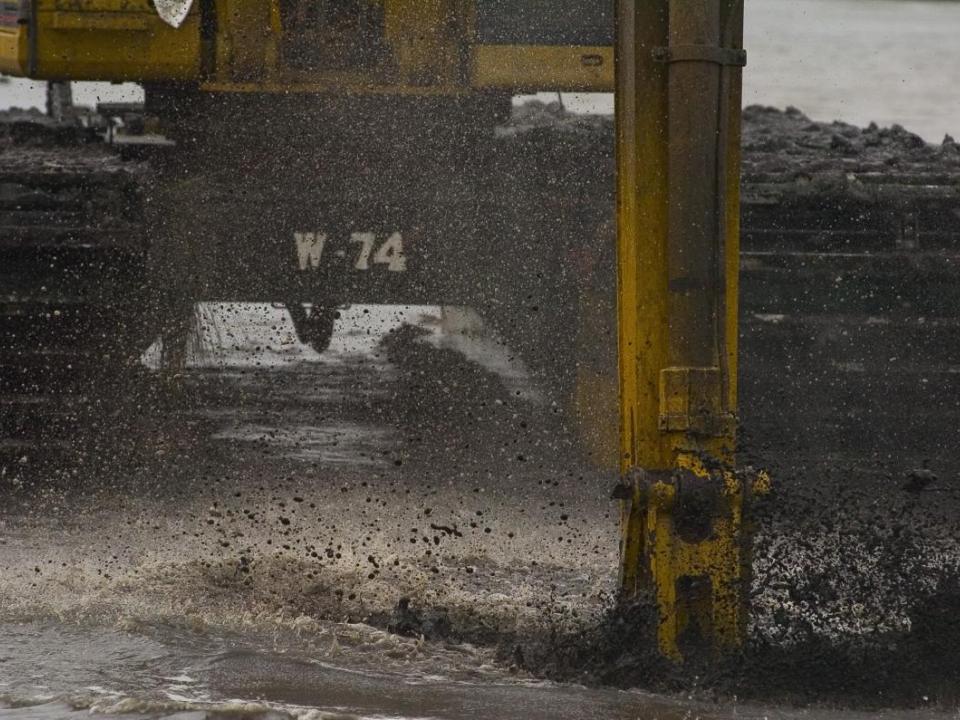
The Trustees undertook an assessment of the natural resources affected by the 2010 Deepwater Horizon oil spill. We found that the spill injured a wide range of wildlife, habitats, and ecological functions. It also negatively impacted recreational opportunities, like fishing, boating, and beach going. The injuries to the Gulf were ecosystem-wide.
Based on our assessment, we developed a programmatic restoration plan to restore the Gulf. The plan allocates up to $8.8 billion for restoration under a settlement with BP.
The five goals of the plan are to:
- Restore and conserve habitat
- Restore water quality
- Replenish and protect living coastal and marine resources
- Provide and enhance recreational opportunities, and
- Provide for monitoring, adaptive management, and administrative oversight to support restoration implementation.
We have established restoration areas, including one for each Gulf state, region-wide, and open ocean. Federal and state trustee agencies will work together to implement restoration, based on the funding allocations laid out in the plan.
A Jump Start on Restoration
The Trustees began planning for restoration for the Deepwater Horizon oil spill in early 2011. A $1 billion agreement with BP in April 2011 allowed for restoration to begin before the damage assessment and restoration planning were complete. The agreement represented an initial step toward BP fulfilling its obligation to fund the restoration of natural resources injured by the spill. This $1 billion for early restoration is part of the total settlement with BP.
We have approved five phases of early restoration, encompassing 65 projects at an estimated cost of $866 million.

